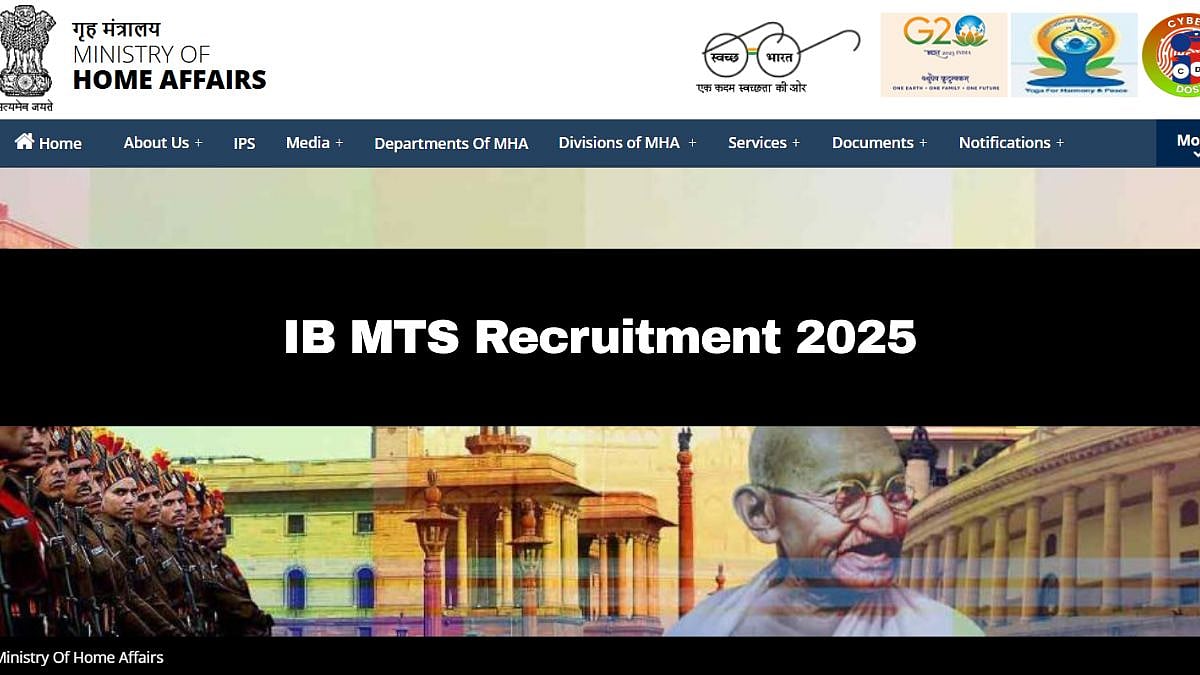When the bankruptcy code was brought in five years ago, there was much hope, not only in India but in the entire global business community. No wonder the very next year, India’s ranking in the Ease of Doing Business shot up from 108 to 52. However, after five years, except for a few big-ticket hits, we have little to show in terms of the code having helped its avowed objectives - to revive companies, recover public money and protect jobs.
Bankers have so far taken a haircut of 60 per cent in total in all the cases that have been resolved through the Insolvency and Bankruptcy Code (IBC) as of March 31, 2021. This is about the same as it was before the code came into force. So far 1,277 of the total 4,376 companies undergoing insolvency proceedings have been liquidated. The average time taken for the process to be completed is more than 450 days, as compared to the stipulated 180 days, though, in some part, this is because of the two waves of Covid we have gone through. No surprise that few ministers and officials talk about it these days.
Steep haircuts for banks
Of late, a view also gaining ground is that valuable companies are being bought over at very low prices, leading to haircuts for banks even in excess of 90 per cent. A case in point is the proposed purchase of Videocon by Vedanta Group. Also, there are cases where defaulting owners get back their companies at a pittance. Hopefully these are one-off cases and neither set a trend, nor are they scams.
The experience in the US and UK is better, with more money recovered and more companies revived. But the process is different. In the US, for example, there is Ch 7 and Ch 11. In Chapter 7, a company can file for liquidation; Chapter 11 is very much like the IBC where the borrower and the lenders try to revive the company.
If one goes deeper, there appear to be some serious fault lines that need correction. A major reason is the mindset of the lenders, who are mainly the government-owned banks and, in a few cases, private ones. These bankers have already written off these loans and hence, they are most reluctant to participate in a complex revival plan which calls for patience and often, the commitment of some working capital; in short, their attitude is “the quicker we kill this one and bury the corpse, the better”.
Lack of expertise
The second reason is the lack of expertise among resolution professionals to perform what is surely the very complex task of reviving a firm that has gone sick. RPs, as they are called, are mostly company secretaries who have considerable expertise and experience in corporate governance but very little in revival strategies.
As if this were not enough, the inordinate delays make revivals almost impossible as sick companies go into a limbo just when they need all the help possible. Lawmakers - in their infinite wisdom - decided that 180 days were adequate to complete a resolution process and in extreme cases, it could be 270 days. But as pointed out earlier, the actual process is taking much longer. Even after time-bound revival plans are submitted, flippant objections are entertained and orders reserved. A former chief justice, in his very first speech after joining the Rajya Sabha, lamented that the judicial system in India had collapsed. This, along with the delays in punishing cheque-bounce offenders are examples of that collapse.
Lender commitment
I believe that much can be done to achieve the mission that the code set itself. We need to get lenders to commit to the revival process. The MoF and RBI should haul up bank chiefs and tell them that their performance is going to be judged on their capacity to revive companies in the CIRP process and bring back public money and jobs.
Furthermore, we need to enormously strengthen the resolution professional system. Just as “war is too serious a matter to be left to generals”, company revivals cannot be left to persons without knowledge of the business they are reviving. We could - where the loans involved in more than Rs 5 crore - permit audit firms and management consultancy companies to act as RPs, with a particular employee of the firm being the actual RP. Thirdly, we must get the high courts to monitor the delays in the 180-day time frame set by law. Also, nearly half the posts of judges remain vacant. These should be filled forthwith.
The code should be amended to make it easier for a borrower to go for liquidation on their own, like Chapter 7 in the US and the individual voluntary arrangement (IVA) in the UK. This will ensure faster liquidation and the revival plans will get much more attention. Right now, the process makes it well-nigh impossible for a borrower to file under the code and filings are invariably done by lenders.
The bankruptcy code was something we all wanted and got after years of discussion. Obviously, five years on, it is still a stock-in-process and needs considerable changes, both in the code and its implementation.
The author is an investment banker and political commentator. His Twitter handle is @pnvijay









